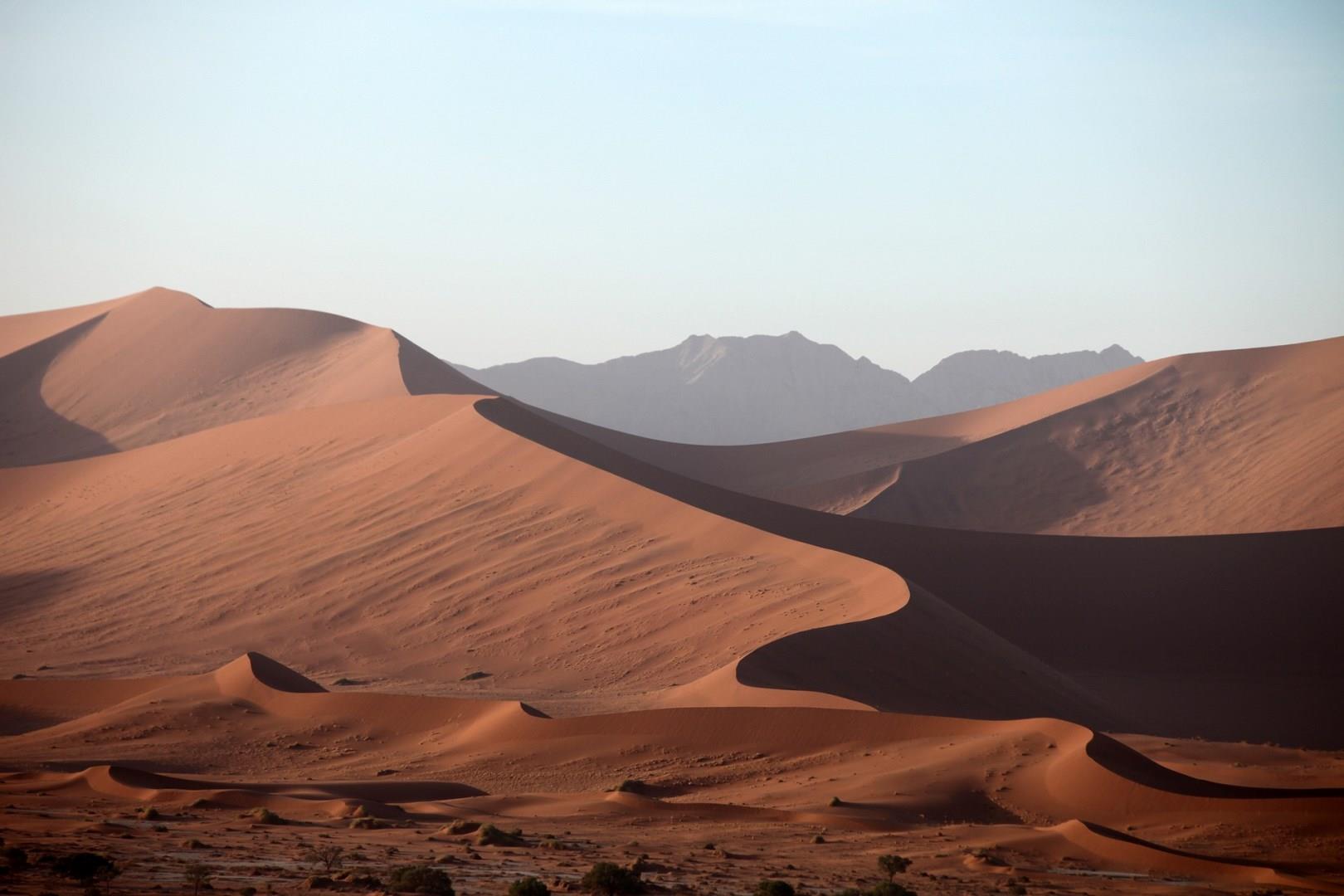

Kamloops
Kamloops, British Columbia is a scenic city on the banks of the Thompson River, across from the Kamloops Indian Reserve. This Canadian gem, located northeast of Vancouver, B.C., was once an important trading post for the Hudson's Bay Company and an integral stop on the Canadian Pacific Railway during the Cariboo Gold Rush.

Napier
On the east coast of North Island, Napier is considered the "Art Deco capital" of New Zealand and the gateway to the Hawke's Bay wine region, whose popular varietals include pinot gris and syrah.

Yangon
Gleaming temples, traffic jams and bustling commerce are all part of Yangon (previously Rangoon), Myanmar's biggest city. Eat at exciting new restaurants, shop at open-air markets and gaze upon the gilded Shwedagon Pagoda. Visitors should also hop on the Yangon Circular Train, where hidden places are revealed, and guides further educate passengers about Yangon's local life and culture.

Adelaide
Situated on the coast of South Australia, Adelaide shines as one of Australia’s cultural centers and boasts extraordinary natural beauty throughout.

Namibia
Namibia, a land of dramatic landscapes and breathtaking contrasts, is a haven for nature lovers and adventure seekers alike. From the rolling dunes of the Namib Desert, the oldest desert in the world, to the stark beauty of the Skeleton Coast, Namibia offers a truly unique travel experience. Visitors can explore the world-renowned Etosha National Park, home to a diverse array of wildlife, including elephants, lions, and rare black rhinos.


